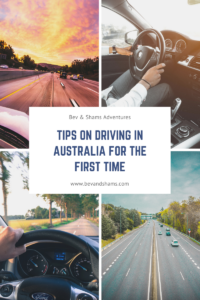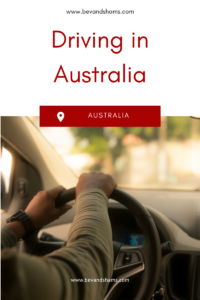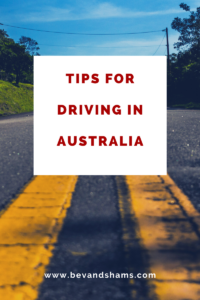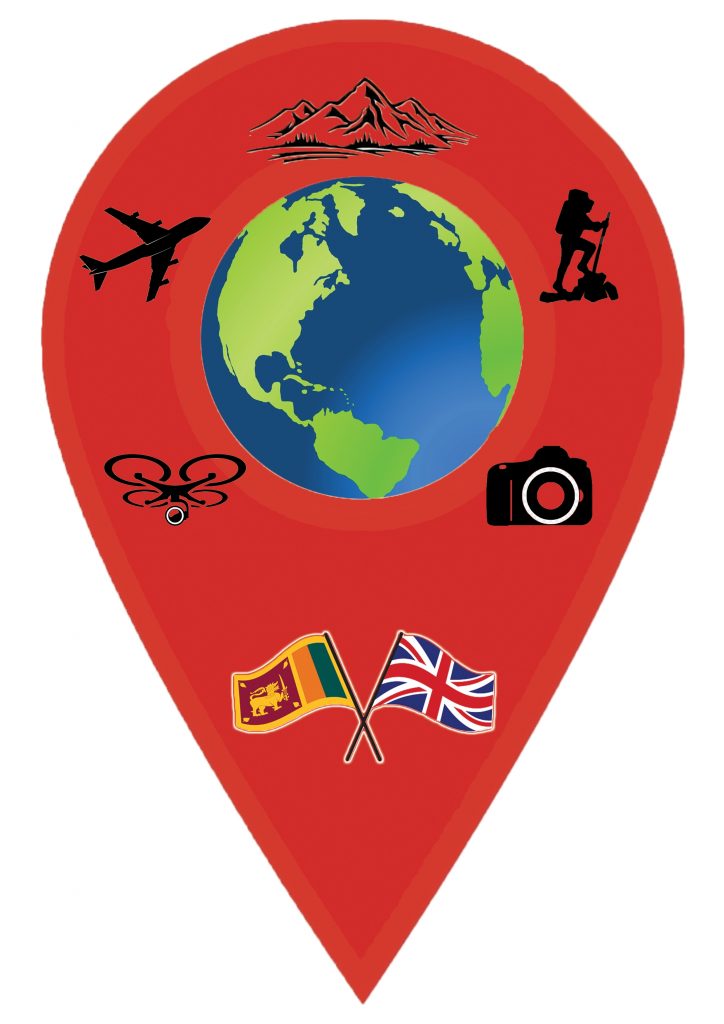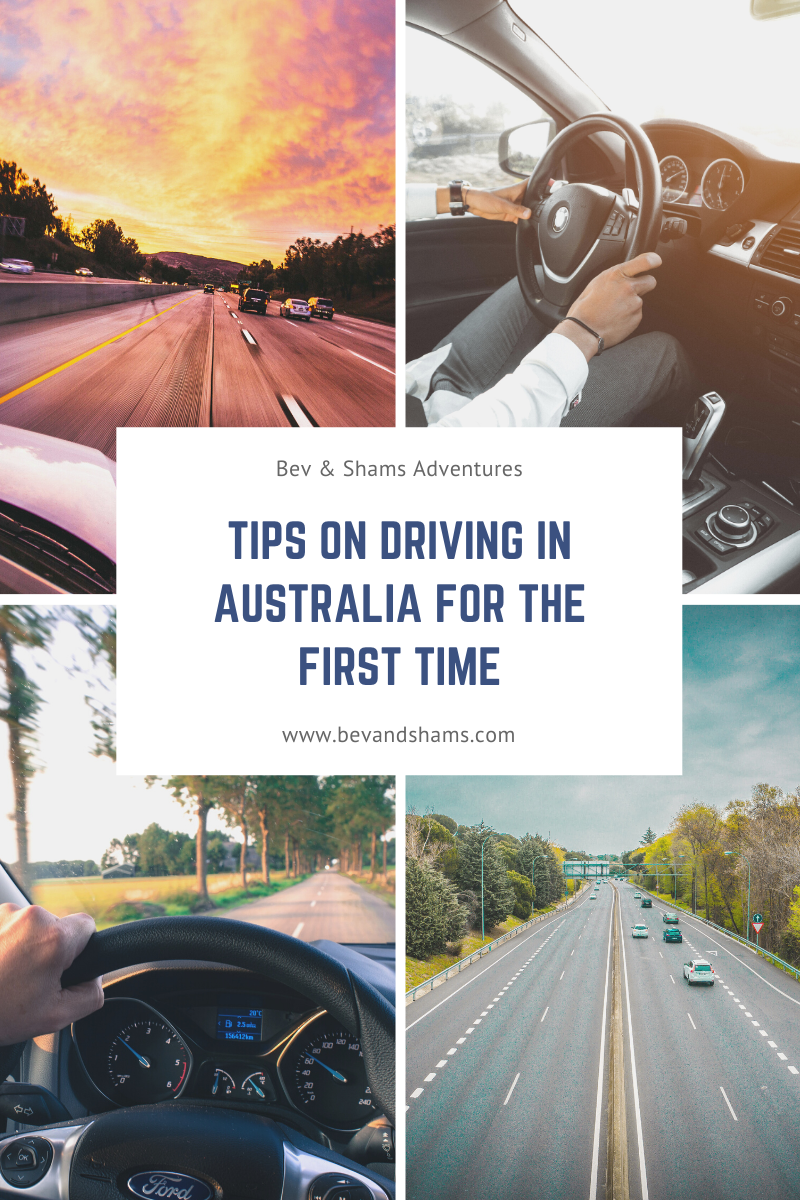Essential Driving in Australia Tips for Tourists
Driving in Australia is one of the most exciting and exhilarating experiences. This vast country offers some incredible landscapes. Take on a coastal route, or head in land into the outback, your options for a road trip in Australia are endless.
But before you embark on a road trip Down Under, there are a few essential things you must familiarise yourself with. You should consider that Australia drives on the left-hand side of the road, the driving conditions and regulations that exist, safety tips and more.
We share our experiences and insights with these essential driving in Australia tips for tourists.
Table of Contents
Driving in Australia tips for tourists
Driving in Australia offers you a fantastic opportunity to explore its diverse landscape and culture, which will be rewarding and thrilling.
Just remember to drive safely and embrace the unique experience that this vast, beautiful country has to offer.
Familiarise yourself with Australia Road Rules
Whether you’re planning a road trip or buying a car on your gap year in Australia, it’s crucial to familiarise yourself with the Australian road rules.
One of the key things to remember is that Australia drives on the left side of the road. You may find this a challenging adjustment, especially if you are more familiar with driving on the right.
Make sure you understand and follow the speed limits and road signs, which can vary depending on the location and type of road.
Take your time to learn and understand the Australian road rules, this will help you to stay safe and enjoy your driving experience.
Get an international Driving permit
Before your trip, it’s important to obtain an International Driving Permit (IDP), if your current license is not in English.
Most rental companies will ask to see your driving license and your International Driving Permit, to complete the reservation.
For peace of mind, get the International Drivers Permit, before you start driving in Australia as a tourist.
Australia drives on the left side of the road
Like some countries around the world, Australia drives on the left-hand side of the road. This can be confusing for some tourists who are used to driving on the right-hand side.
My experience of driving in Australia was easy, I am used to driving on the left-hand side of the road, so for me it wasn’t a problem. Some of the rules and signs are very similar to what I experience when driving in the UK.
While my experience of driving in Australia was easy, it may not be for you. It’s important to familiarise yourself with the rules of the road and the controls of the vehicle, before getting behind the wheel.
Some simple things to remember. Always pay attention to the road signs and markings, always stay in the left lane unless overtaking.
Take extra care when making a turn in the road. The flow of traffic will be opposite to what you might be used to.
Roundabouts are the most confusing. Remember to always look right and give way to any vehicle already on the roundabout. Travel around the roundabout in a clockwise direction.
I have also driven on the right-hand side of the road and roundabouts were the confusing, as I kept looking right before realising vehicles will approach from the left.
By taking things slower than you would normally, you can ensure a safe and enjoyable driving experience in Australia.
Be aware of wildlife hazards
The diverse wildlife in Australia makes it a common occurrence to encounter them on the road.
Don’t forget they are wild animals, and we are encroaching into their land. It is therefore important to be aware of any potential hazards and take precautions.
If you see any signs indicating wildlife crossing, then reduce your speed and be more vigilant. The large animals won’t wait for you and can cause significant damage if you happen to be an accident with a wild animal.
Most animals are more active during dawn and dusk, so be more cautious during these times.
If you do see wildlife, slow down and give them plenty of room. Avoid sudden braking or swerving as this could cause and accident.
Plan you’re routes and rest stops in advance
Australia is a vast country. If you don’t have a plan or create a route for your road trip in Australia, this could put you, you’re travelling companions or other road users at risk.
It is crucial to have a planned route, include rest stops and places to sleep for the night.
You could be driving for hours in remote areas before seeing another vehicle on the road, reaching the next town, village or city. Plan your breaks and fuel stops before your trip, to prevent exhaustion, dehydration and running out of fuel.
I can remember I took a 3-4 nights tour to Alice Springs, which covered Uluru, Kings Canyon and up to Darwin. We would drive for hours and all you could see was the red sand and only a few cars on the road. It is therefore essential to plan your trip before you leave.
Maps and GPS will help you map out your journey and rest stops along the way.
Most rest stops will include basic amenities such as toilet, picnic table and some may include BBQ facilities.
Planning your route prior to your trip, will mean you are organised, safe and confident with driving in Australia.
Pack enough supplies for the trip
It is essential to keep onboard your vehicle, water, food and fuel for your trip. Plus have some additional in the event of an emergency. By having supplies for your trip, this could be the different between being stranded with no food or water for hours or having enough to wait for the recovery vehicle to help you out.
Separate driving water, from water you will top up in your car radiator.
Keep enough food and water to eat on your journey and some for emergencies.
In case of a breakdown, it is recommended to have some tow rope, jump leads and a spare tyre in your vehicle.
While I never broke down or encountered an emergency while driving in Australia, being prepared will give you peace of mind.
Preparing for Driving Conditions in Australia
Weather conditions and patterns can change daily, these different conditions can affect the way you drive, or even delay your travel plans.
It is important to check the weather conditions daily and adhere to any travel advice given.
For example, it isn’t uncommon for a road or area to become unpassable due to a storm. Or Bushfires, may prevent you from travelling to a specific area.
If you do not feel it is safe to continue your journey due to the weather conditions, then don’t travel. While planning is important, so is staying safe.
Utilise your time to explore that town or village a bit more. Or maybe use the time to plan an alternative route.
Driving in Australia should be fun and exciting, and this includes travelling off the beaten path.
Safety tips
Driving in Australia is safe, providing you adhere to some precautions while driving.
Safety checks
You should carry out a few safety checks on the vehicle prior to leaving the hire companies car park or driving long distances. That way you can identify any problems with the vehicle and get these fixed before travelling.
Driving long distances, can put a strain on your vehicle. If you are going on a long journey or a road trip, make regular checks on the vehicle, to make sure it is in working order.
These are the checks we would recommend carrying out on the vehicle regularly:
- Water in the radiator
- Engine oil
- Tyre pressure (most new vehicles, indicate low tyre pressure and in some vehicles, they identify which tyre is low).
- Sufficient window washer fluid
- Check lights are in working order
By regularly checking the vehicle, you can notice if you have lost any fluids or air and refill as and when required. This will keep your vehicle in order and help to prevent breakdowns.
Check all the lights and indicators are working prior and during the trip. Buy a few additional bulbs, so you can replace then on the go.
Avoid driving when tired
Driving while tired is dangerous.
Not only could you cause injury to you, but you could cause injury to other road users or pedestrians.
Take regular breaks, but plan where you intend to sleep for the night. If you arrive early to your planned destination, take that time to rest and get some sleep. You could also explore the area, for some hidden gems along the way.
Don’t drink or take drugs before driving
In Australia, it is illegal to drink or drive under the influence of drugs or alcohol.
The drink drive limit in Australia is 0.05 of blood alcohol concentration.
Our advice is simply don’t drink and drive. If you do intend on a night out and you want to consume alcohol, select a designated driver who won’t drink or get public transport or a taxi.
There’s no point risking your life and others for the sake of alcohol.
Stay with your vehicle if you breakdown
In the unlikely event you do breakdown, stay with your vehicle and then call the breakdown company to help to rescue you.
If you don’t have mobile phone signal, remain with your vehicle and flag someone down to assist you.
This is why you should have sufficient food and water with you, in the event you are stranded for hours.
Carry spare tyres
A vehicle can be placed under a lot of strain if driven for long periods of time, or regularly.
So, it isn’t uncommon to get a flat tyre while on the road.
Having a spare tyre in your boot, will help you get back on the road, so you can continue your journey, be that on a road trip, or from A to B.
Before you head out on your next car journey, make sure you are familiar with how to change a tyre. Changing a tyre can be hard work, but it really isn’t difficult.
Pack some tow rope
Although this isn’t a must item to pack in the boot of your vehicle, but it is a good idea to have some in case of breakdown.
At least you can hook yourself up to a passerby, who is prepared to tow you to the local garage for repairs.
Jump leads
You do need to be practical with what you have in your vehicle, but at the same time, you need things that will help you, in the event of a breakdown.
Having jump leads in your vehicle, will help you get back on you way, should your battery run flat.
Breakdown or emergency
In the event of a breakdown or emergency, you should contact the relevant agencies to assist you.
If you breakdown that you can’t fix at the roadside, then contact the relevant breakdown company to assist you.
If you hire a vehicle, most hire companies will provide you with a contact number for the breakdown provider. They will come out and rescue you.
In the unlikely event that you are involved an accident, stay with the vehicle and contact the emergency services if required.
If you require one of the emergency services, they can be called on 000. This will connect you with police, fire or ambulance.
Whether you breakdown or involved in an accident, always remain calm, stay with your vehicle and contact the breakdown or emergency services where required.
Stay in contact with a family member or friend
Once you have a planned driving route, share this with a close family member or friend and check in with them regularly.
If they don’t hear from you at the expected time, they can raise the alarm.
Conclusion
Driving in Australia is an exciting and rewarding experience. I loved the freedom it gave me, as I wasn’t having to rely on public transport to get me around, and I was able to explore some remote areas that public transport didn’t cover.
While the rules of the road and driving style is very similar to the UK, I still checked up on all the road rules and regulations, I completed regular checks on my vehicle, to stay safe and prevent the vehicle from breakdown.
Remember, always drive on the left side of the road, plan your journey including rest stops and where to stay, and stay alert to the weather conditions as these could change during your trip.
With careful planning and abiding by the rules, your driving experience in Australia could be an unforgettable adventure filled with stunning landscapes and memorable experiences.
I loved my experience of driving in Australia, and it was an unforgettable experience.
Continue your travel planning, with these useful posts
- Best winter holiday destinations in Australia
- How to stay fit while travelling
- Best day trips from Brisbane
- Best day trips from Sydney
- Best tourist stops in Australia
- Best day trips from Melbourne
- Travel guide to Australia
- 5 Best Island in Australia
- Best day hikes in Australia
- 23 Best beach locations in Australia
- How to apply for a tourist visa to Australia
